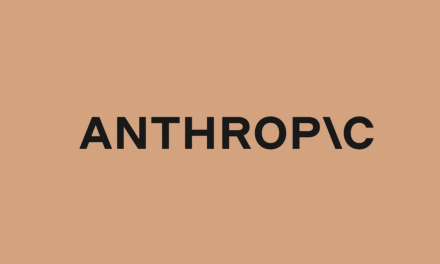Ethereum, the world’s second-largest cryptocurrency by market capitalization, is planning a major upgrade that will significantly change how it operates. The upgrade, called Ethereum 2.0, involves several phases, each aimed at improving the scalability, security, and sustainability of the Ethereum network. One of the most anticipated phases of Ethereum 2.0 is the merge, which will replace Ethereum’s existing proof-of-work (PoW) consensus algorithm with a proof-of-stake (PoS) one. This article will explain what the merge is, why it matters, and what the implications are for Ethereum and its users.
What is the Merge?
The merge refers to the process of integrating the Ethereum 1.x mainnet, which currently uses PoW, with the Ethereum 2.0 beacon chain, which uses PoS. PoW is a consensus algorithm that requires miners to solve complex mathematical puzzles to validate transactions and earn rewards. PoS, on the other hand, is a consensus algorithm that requires validators to stake their ether (the native cryptocurrency of Ethereum) as collateral to participate in block validation and earn rewards. The merge will effectively retire the PoW chain and transfer all its state and balances to the PoS chain.
Why does the Merge matter?
The merge matters for several reasons, including:
- Scalability: The PoS consensus algorithm is more energy-efficient and faster than the PoW one, which means that the Ethereum network will be able to process more transactions per second (TPS) and reduce its carbon footprint.
- Security: The PoS consensus algorithm is more resistant to 51% attacks, which are a type of attack where a single entity controls a majority of the network’s computing power and can manipulate transactions and blocks.
- Sustainability: The PoS consensus algorithm aligns with Ethereum’s long-term vision of becoming a sustainable and decentralized platform for Web3 applications, as it reduces the need for energy-intensive mining hardware and lowers the barriers to participation in network validation.
What are the Implications of the Merge?
The merge has several implications for Ethereum and its users, including:
- Supply Reduction: The merge will burn the PoW ether supply, estimated to be around 100,000 ether, which will reduce the overall ether supply and potentially increase its scarcity and value.
- Validator Rewards: The merge will introduce a new reward mechanism for validators, who will earn a fixed interest rate on their staked ether in addition to transaction fees. This may incentivize more users to become validators and strengthen the network’s security and decentralization.
- Network Stability: The merge will require careful coordination and testing to ensure a smooth transition from the PoW chain to the PoS chain, as well as the adoption of new tools and protocols for validators and users.
Conclusion
The Ethereum merge is a critical milestone in Ethereum’s journey towards becoming a more scalable, secure, and sustainable blockchain platform. While it poses some challenges and risks, such as potential network disruptions and vulnerabilities, it also presents significant opportunities and benefits, such as reduced energy consumption, increased decentralization, and enhanced economic incentives. As the Ethereum community prepares for the merge, it is essential to stay informed and engaged with the latest developments and updates, to ensure a successful and impactful transition.





